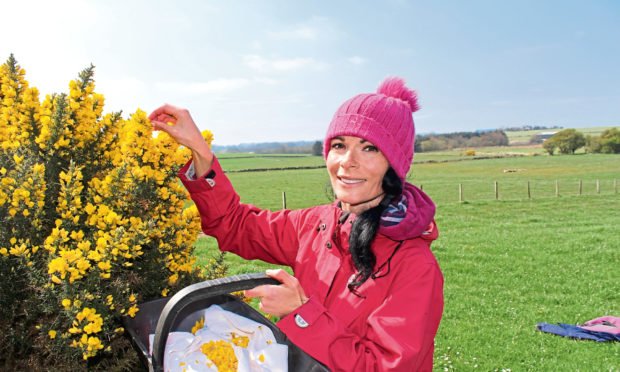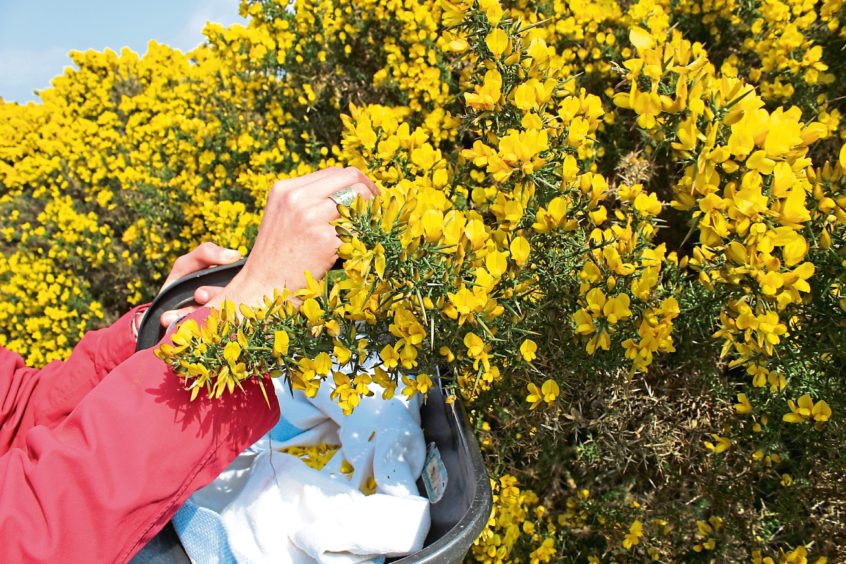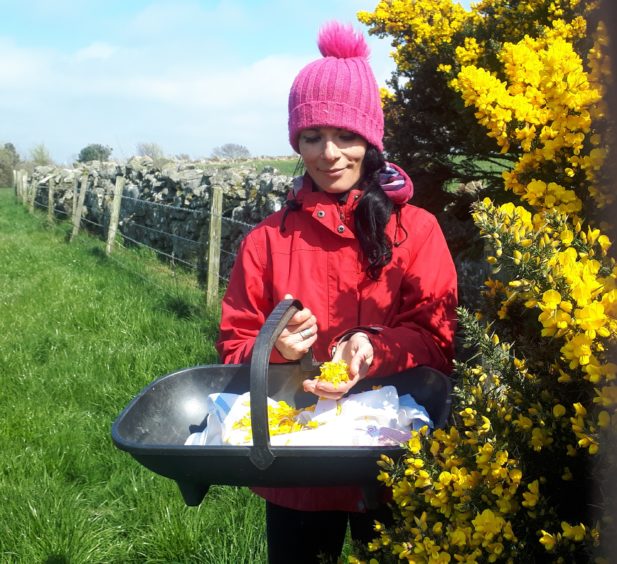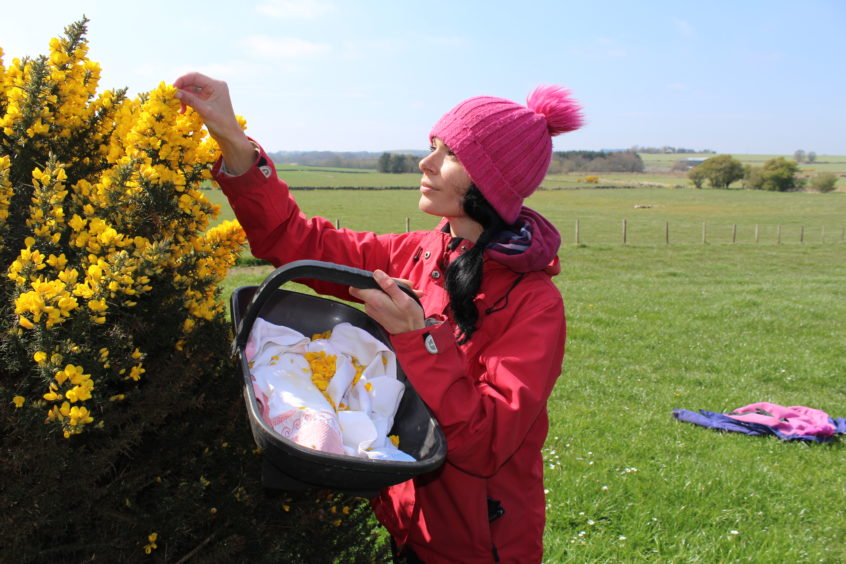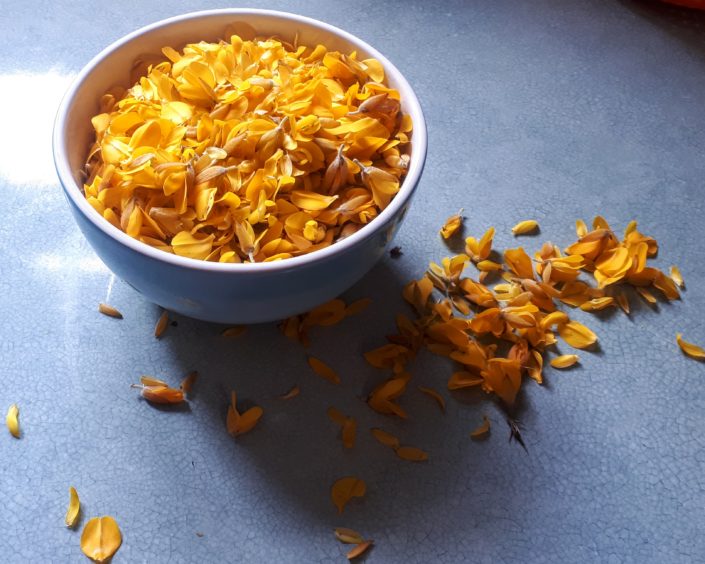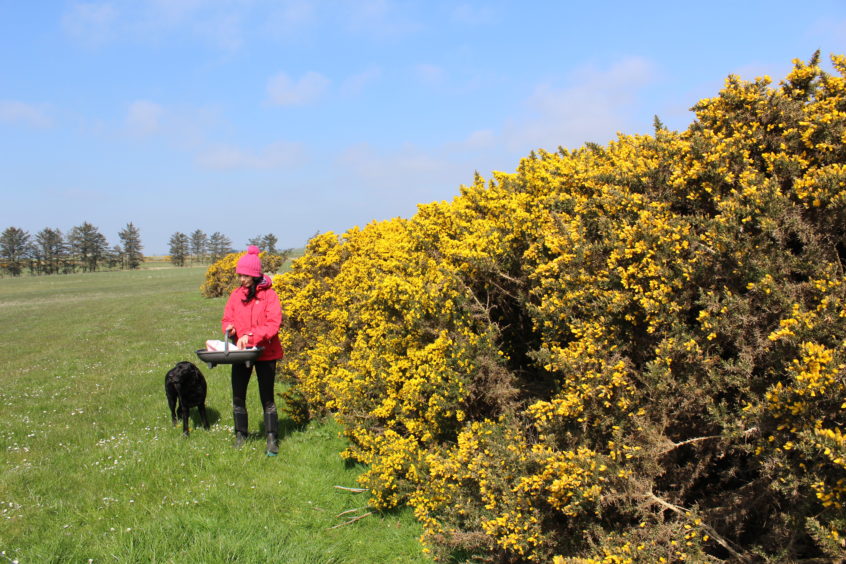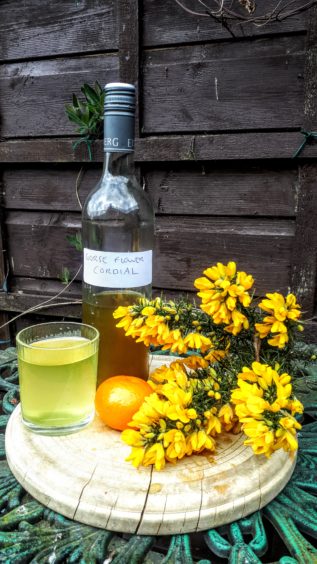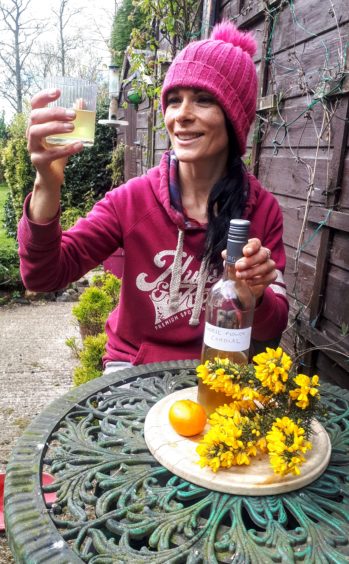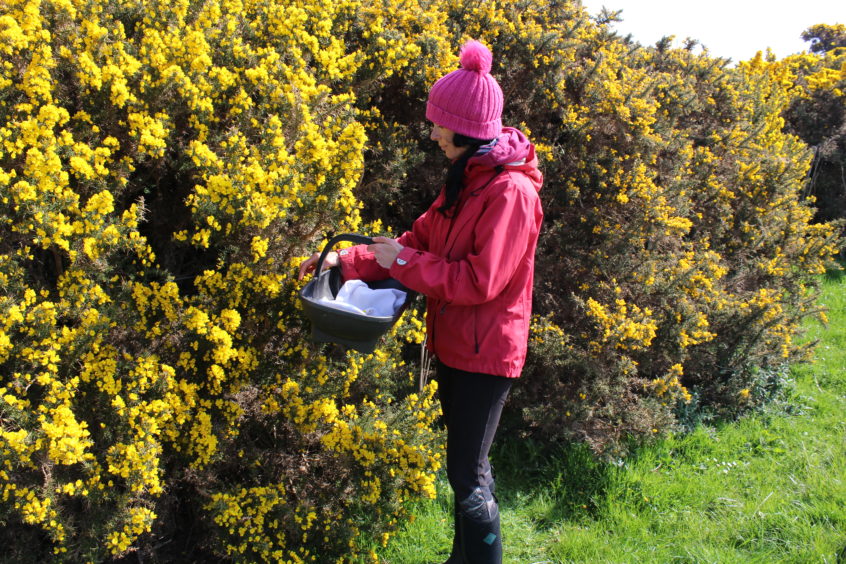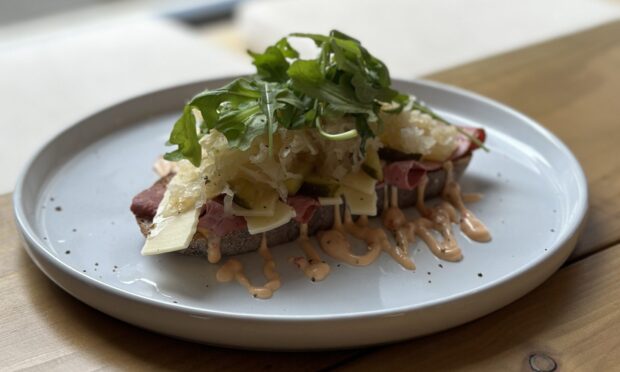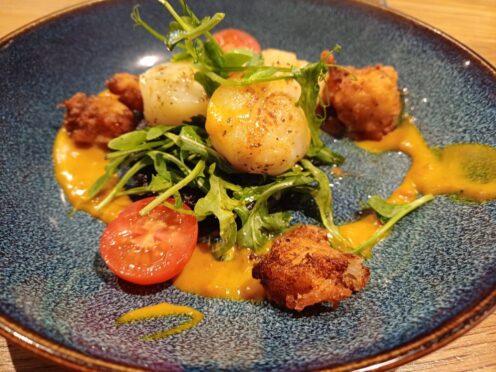Walking through fields lined with aromatic gorse bushes inspires Gayle to take some home to make a refreshing cordial
The air in many parts of rural Scotland is filled with the delicious scent of coconut, as gorse bursts into glorious bloom.
This prickly shrub, with its explosion of bright yellow flowers, seems to dominate the landscape right now, on hedgerows, on roadsides, and in fields.
It’s a fantastic phenomenon, a lifter of the spirits, an assault on the senses, and a sure sign that winter is long behind us and summer is just around the corner.
Keen foragers have been using gorse to pimp up their food and drink for decades and, having successfully made a tasty gorse gin three years ago, I decide to have a bash at gorse-flower cordial.
A warm, sunny morning is ideal, and I don’t have to travel far to reach my source.
Dense clumps of the stuff line fields and verges close to my house, and I arrive there, armed with trug and thick gloves, within minutes.
I’m on a mission to pick the flowering buds, pinching them from their base and trying not to crush them.
I start with my gloves on but, finding this rather cumbersome, strip them off and go at it barehanded.
This proves to be much easier but more dangerous, and of course my poor fingers get stabbed by the spikes a fair few times. Ouch!
It takes a while to even quarter-fill the trug, but luckily I find a recipe for gorse cordial which only requires four handfuls of the flowers.
Before heading indoors I shake out any leaves, twigs and bugs entangled in the yellow manna, discovering beasties galore clinging to the petals for dear life.
I can only apologise but it’s better they find new homes than perish in a cordial, surely?
Then, following a recipe I’ve found online at eatweeds.co.uk, I chuck 250g of caster sugar and 600ml of cold water into a pan and boil for 10 minutes.
Alas, I don’t have a lemon, so I ignore the next step which is to juice one.
Grating the zest of an orange is next, but with no oranges to speak of, I’m forced to use two clementines instead.
Sprinkling the gorse flowers and clementine zest into the sugar water (also called sugar syrup), I stir this mixture and leave it to infuse for about six hours.
I spend the afternoon sniffing my strange brew and, I have to admit, it gives off a rather odd aroma at this stage of the game.
As night falls, I go hunting for muslin cloths and jelly bags. These will be required when it comes to straining my liquid. Sadly, I find none.
Instead, I discover a pair of old (unworn) beige pop socks hidden in the depths of my wardrobe.
While perhaps not ideal, I have no other options.
For those not in the know, and why would you be, pop socks are knee-high stockings with elasticated tops.
It turns out one of these grim spectres of hosiery works brilliantly as a gorse-syrup strainer.
Okay, so it allows a few thickish bits to get through the tiny holes, but it’s better than nothing.
I strain the liquid into another pan and then, following another recipe for long-storage – thanks monicawilde.com – I boil the liquid for three minutes.
Then it’s a case of pouring it, watching you don’t scald yourself, into a sterilised, dry bottle.
Ideally, I’d have owned a Kilner swing- top bottle, or at least some kind of aesthetically pleasing glass container, but I make do with an old wine bottle.
Gazing on with pride, I leave my concoction to cool for a few hours before daring to drink it.
The stuff is fairly thick but it smells beautifully fresh and coconut-ey, and even a wee bit almond-like, as I pour it into a glass and top up with water.
To my great surprise, my gorse flower cordial tastes sensational! With its distinctive coconut, floral-vanilla flavour, it’s sweet, delicate and subtle – just what’s needed on a sunny spring day.
A little of it goes a long way but I’m such a fan that I doubt my 600ml will last long as I’ve been guzzling it like there’s no tomorrow.
Would I make this divine beverage again? Heck, yes!
And with such an abundance of the dazzling yellow blossoms around, it won’t be long before I do.
info
The traditional saying, “When gorse is out of bloom, kissing’s out of fashion” has a strong element of truth in it. But spring, when every bush turns bright yellow, is the best time to pick.
You can use gorse flowers in cordials, fruit, as syrups in gin cocktails, and as decorative salad garnishes.
It adds extra flavour and colour to beer, wine or spirits, and a whole range of sweet treats like chocolate and ice cream. The buds can be pickled in vinegar and eaten like capers.
